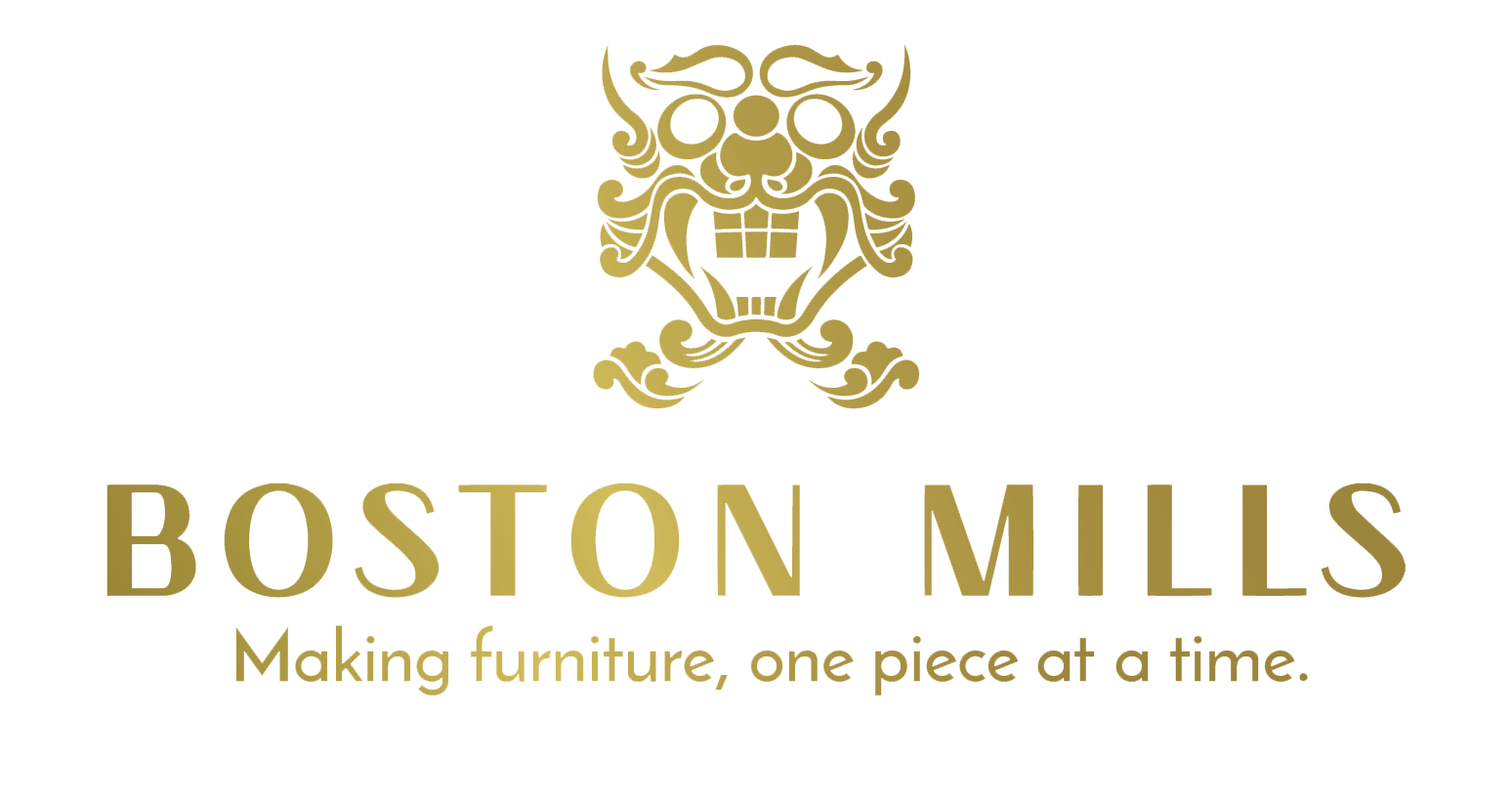BRASS INLAY
Another primary feature of our furniture is the use of hand-inlaid brass. Not only is it a part of our traditional English designs, but the incorporation of solid brass metal inlay strips in our contemporary designs creates a particularly distinctive appearance. The reflective quality provided by a strip of brass metal inlay banding offers a much more luxurious effect than painted metal.
The process of applying inlays requires a high level of precision from our skilled artisans and hours of painstaking craftsmanship. It requires artisans to skillfully transfer designs from a piece of paper directly onto the wood. After which, they hand-carve deep grooves into the wooden surface, hammer brass into them, and buffer the surface carefully.
We love the final result of brass inlay’s famous, glorious gold in contrast with the rich hues of rosewood, which makes everything look just a little more glamorous.
THE HISTORY OF BRASS INLAY
During the Regency period, it was very much the height of luxury to inlay delicately shaped pieces of brass design into wood. Inspired by the French Napoleonic style, only the most skilled and patient artisans could attain it. The Sorrento artisans also used this technique in their carpentry from the 14th century onwards.
Not only would the brass itself have to be carefully hand fretted and filed into ornate and fluid designs, but it would also be needed to inlay precisely into the wood without fault. The more prosperous colored woods like Mahogany, Rosewood, Kingwood, and Coromandel were often favored with brass inlay work as these combinations emphasized and contrasted each other with significant effect.
Brass inlay is a popular and highly appreciated form of art even in the modern era. The art is sure to possess its relevance even through the coming centuries.

